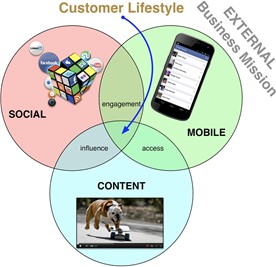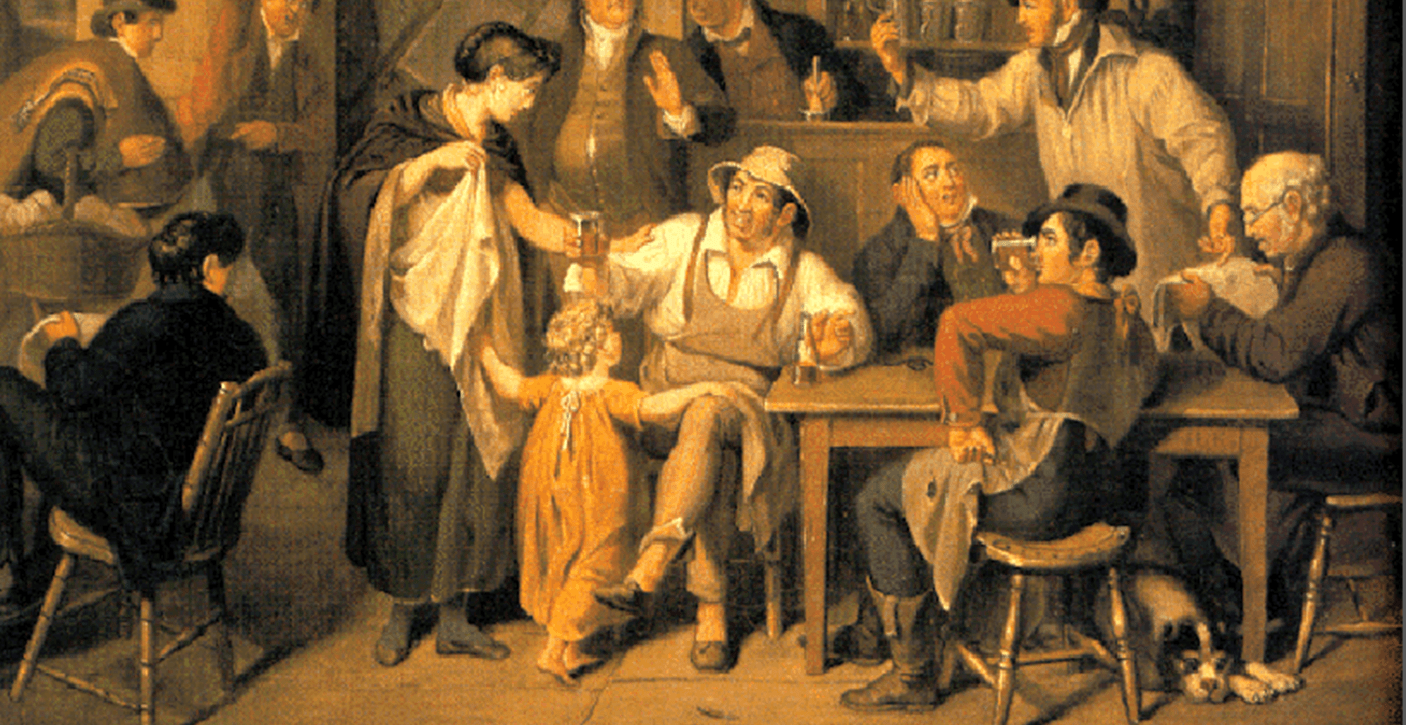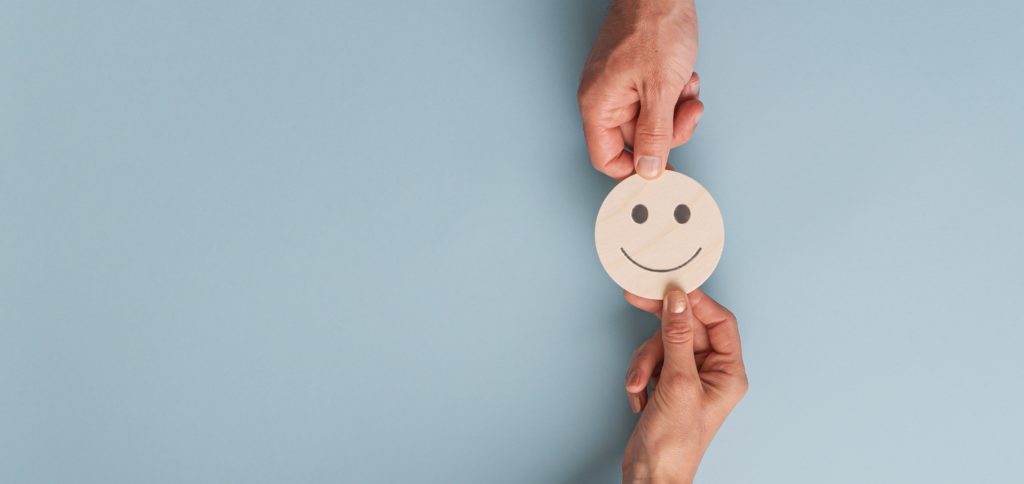In this fourth and final segment describing my Decision Making Landscape, I will dig into the ever-changing and amorphous nature of the Customer’s Lifestyle. I will explain why it is a truism that has stood the test of time and why it is such an important element of my decision making process.

I saved the analysis of the Customer’s Lifestyle for last because it’s the most important truism on my landscape. It’s where I always begin my decision-making process. The Customer’s Lifestyle lies at the intersection of social, mobile, and content. The Venn Diagram below depicts where these three spheres overlap to form the sweet spot representing the Customer’s Lifestyle.

Social can be face-to-face or virtually via Twitter, mobile can be driving to a restaurant or virtually being there with friends on an iPhone, and content is what enriches the lives of your customers, whether it is a book, a YouTube video, or a hike through the woods. When making technology decisions that impact the company’s products or services, I have found more success when I begin within the customer’s lifestyle and work backward toward Productivity and Company Agility to guide my decision making process.
Sometimes the best lessons learned are through failure. On my first day at Texas Instruments, I was given a TI-500 LED watch. It was brand new and in its original packaging. The orphaned watch had been sitting on a shelf for over five years collecting dust. The watch was designed to display the time in bright red when you reached over with your other hand and pressed a button on the side of the watch.

The executive responsible for the program thought it wasn’t too much of an inconvenience because, as the story went, he liked to be able to wake up in the middle of the night and simply push the button and see the time light up in the dark. Unfortunately, customers didn’t agree, it was too awkward to have to press a button just to tell time. The person that gave me the watch said, “Don’t make a mistake like this.” She called it an embarrassing failure but, just to make her point, she almost seemed proud of the failure. She went on to say, “Never be misguided by your own personal wants or needs, always put yourself in the customer’s shoes when you make your decisions.” Years later I realized what she was really telling me was that the watch didn’t fit inside of the Customer’s Lifestyle. Her advice, and the advice I received from other fellow engineers at Texas Instruments, helped me realize that it’s obvious to start every technology decision making process by mentally putting myself inside of the Customer’s Lifestyle, then working backward toward Productivity and/or Organizational Agility. It’s odd to think that working backward could actually work. So, when you look at my Decision Making Landscape, it does have a singular starting point, inside of the Customer’s Lifestyle.
The very next day, I started work as a manufacturing engineer on electro-optic thermal vision systems for tanks, planes, ships, and man-portable operations. I continued to hear the phrase, “focus on the customer,” from more and more people at Texas Instruments. One of the systems we made was the electro-optic thermal site for the Abrams tank (photo below). In this case, I had to really think about who my customer was. Was it the Pentagon because they were paying for it? Or was it the commander, driver, loader, and gunner who would actually be using the machine?

Regardless of payment, I determined my customers were all four of those young men inside an Abrams tank and it was their collective lifestyles that I learned to focus on. A seasoned co-worker told me to mentally put myself in their positions and think about what they see, where they are, and how they work together as a team. I’ve never been inside an Abrams tank, but I can only imagine it’s an intense experience, especially in wartime when split seconds count. The lifestyle of these four young men was uniquely social, with the commander almost speaking in code, barking out orders like, “Fire, sabot, fire,” which gave different commands to each of the three other crew members. It was highly mobile as they hurdled through a desert inside a 60-ton battle tank. Unfortunately, it was filled with unimaginable content as they watched war rage on while looking through the tank’s electro-optic thermal site. If the Customer’s Lifestyle is a valid truism, then this is a very extreme example.
Moving on from the extreme, now let’s look at some typical examples from today, from the 1950s, and also from colonial days in the late 1700s to see if the Customer’s Lifestyle can be considered timeless and serve as a truism. Today it almost feels like the Customer’s Lifestyle is changing daily. Social interaction among Millennials, Gen Y, Gen Z, iGen, and Centennials (I hope I didn’t leave anyone out) is driven by Instagram, with mobility provided by the ubiquitous iPhone, and ephemeral photographs of just about anything are the content that enriches the cross-generational lives of today.

Have you ever seen anyone in these generations take a photo of their meal at a restaurant just to share it with friends on an iPhone? This single example using Instagram, the iPhone, and Digital Photos to map out a single slice of generational lifestyle isn’t meant to be all-encompassing. As a collective demographic, Millennials through Centennials have a digitally rich lifestyle that is collectively shaped by internal social interaction, but it is still defined by social, mobile, and content.
Now let’s look at the Boomers. The 1950s was a time when the bowling alley was the forum for social interaction, with mobility provided by the ubiquitous station wagon, and Time Magazine stoked an insatiable appetite for content to enrich the Boomers’ lives. Their lifestyle was physically rich and shaped by external advertising from Madison Avenue agencies, but it was still defined by Social, Mobile, and Content.

This physical lifestyle extended through the end of the 1900s then was dramatically enhanced (or disrupted) in 2007 when the iPhone was released, and Millennials through Centennials embraced it wholeheartedly. This technological change embraced by one generation led to a dramatic change in lifestyle for everyone else, including the Boomers. The Internet opened the floodgates of content and mobile phone apps enabled easy picking and choosing by all generations.
Now let’s go back 250-years and look at the lifestyle of the colonists in early America. 1776 was a time when the tavern was the forum for social interaction, the horse provided much-needed mobility, and people like Thomas Paine provided the colonies with content like Common Sense, which dominated discussions in patriotic taverns of the time.

Common Sense “went viral” two centuries before the Internet coined the phrase and all across colonial America over 500,000 printed copies passed from reader to reader during the War of the Revolution. If you were a loyalist to the British Crown, however, and wanted to discuss The Deceiver Unmasked by Charles Inglis, you made certain that you picked the right tavern in Boston to patronize, and it certainly would not be a tavern dominated by patriots. Lifestyle in colonial days certainly had a touchy dynamic in which social, mobile, and content played a role. The Colonists had a physically modest lifestyle that was collectively shaped by internal social interaction, but it was still defined by social, mobile, and content.
Regardless of the generation and the century, regardless of if it was shaped from within or externally shaped, lifestyle in general lies at the intersection of social, mobile, and content. For me, the Customer’s Lifestyle is a truism, something that has stood the test of time and something that I can count on. The Customer’s Lifestyle has earned the starting point on my Decision Making Landscape.
If you were to create a single graphic that showcases your decision-making process based on your experiences and based on your decision making intuition, what would it look like? Would it stand the test of time? Will it safely guide your decisions five years from now, even as the pace of change continues to accelerate?
So, what do you believe in… what are your truisms?
Check out the previous segments of the Decision Making Landscape below:
I. Technology Isn’t Everything
II. Productivity
III. Corporate Agility







